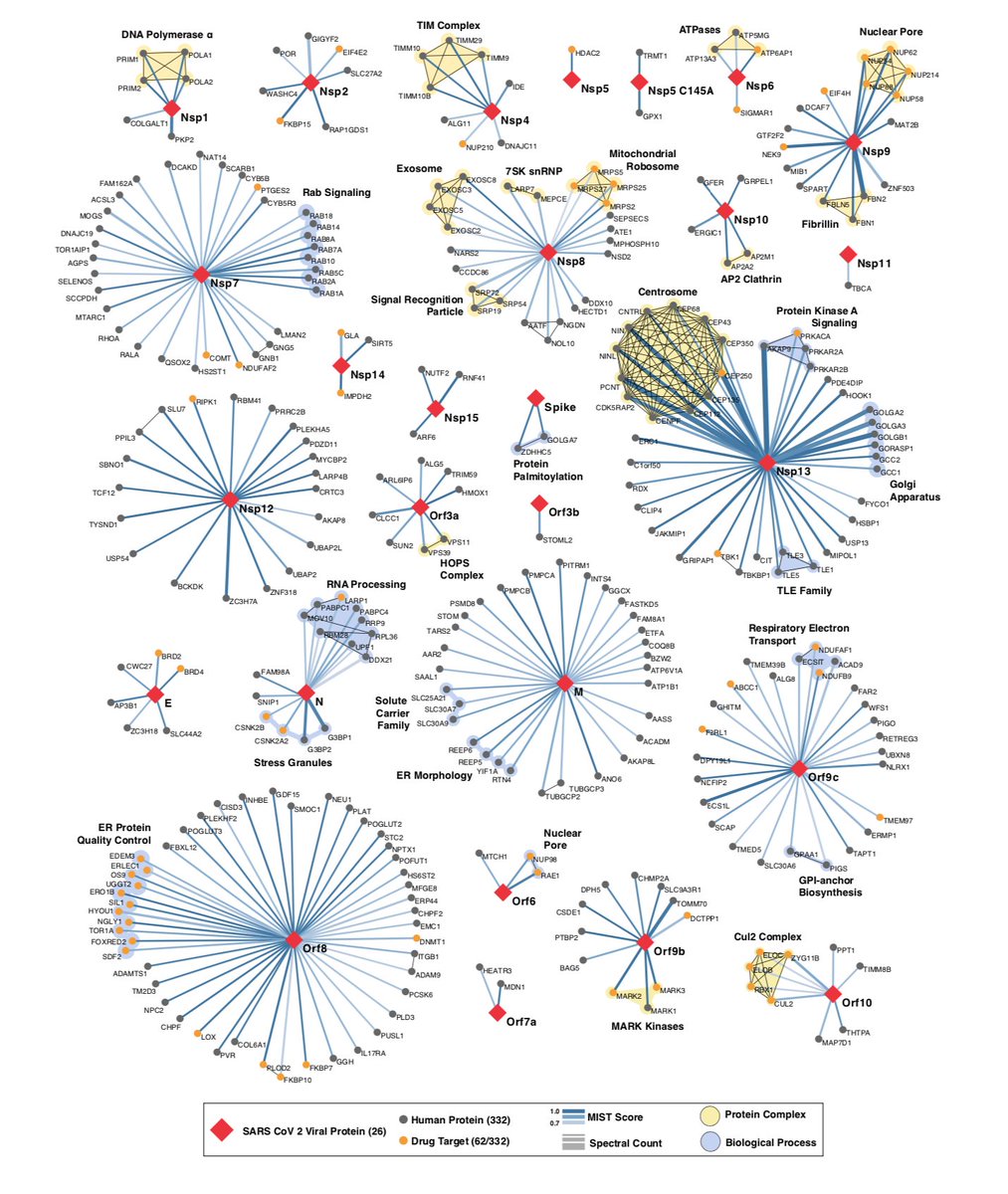
Writer. My active social media links are here: https://t.co/4YrZwyD2wi
2 subscribers
How to get URL link on X (Twitter) App


 I am not a frontline worker. I mostly sit at my desk at home and write. I do my best to avoid covid--both for me and my family. No restaurants during this wave, for example. So the fact that I got Omicron is fascinating to me (and, to my family, pretty ironic). 2/17
I am not a frontline worker. I mostly sit at my desk at home and write. I do my best to avoid covid--both for me and my family. No restaurants during this wave, for example. So the fact that I got Omicron is fascinating to me (and, to my family, pretty ironic). 2/17

 You've probably heard of MRSA, a deadly kind of bacteria that's resistant to the antibiotic methicillin. Scientists have long thought that it evolved this resistance only in recent decades, once humans start bombing microbes with antibiotics on a regular basis. 2/9
You've probably heard of MRSA, a deadly kind of bacteria that's resistant to the antibiotic methicillin. Scientists have long thought that it evolved this resistance only in recent decades, once humans start bombing microbes with antibiotics on a regular basis. 2/9

 As I wrote in this 2019 article, spores of a fungus known as Ophiocordyceps invade insects and grow in their bodies. The ants go on with their lives as they fill with the fungus. nytimes.com/2019/10/24/sci… [2/15]
As I wrote in this 2019 article, spores of a fungus known as Ophiocordyceps invade insects and grow in their bodies. The ants go on with their lives as they fill with the fungus. nytimes.com/2019/10/24/sci… [2/15]

 How the Pfizer-BioNTech vaccine works nytimes.com/interactive/20…
How the Pfizer-BioNTech vaccine works nytimes.com/interactive/20…


https://twitter.com/realDonaldTrump/status/1249118778404765696I explain in my article that this new coronavirus originated in China. 2/7

https://twitter.com/airenwang/status/1103807472156827648Most of our genomes is not made of genes. A lot of it is “junk”—repetitive sequences with no function.
